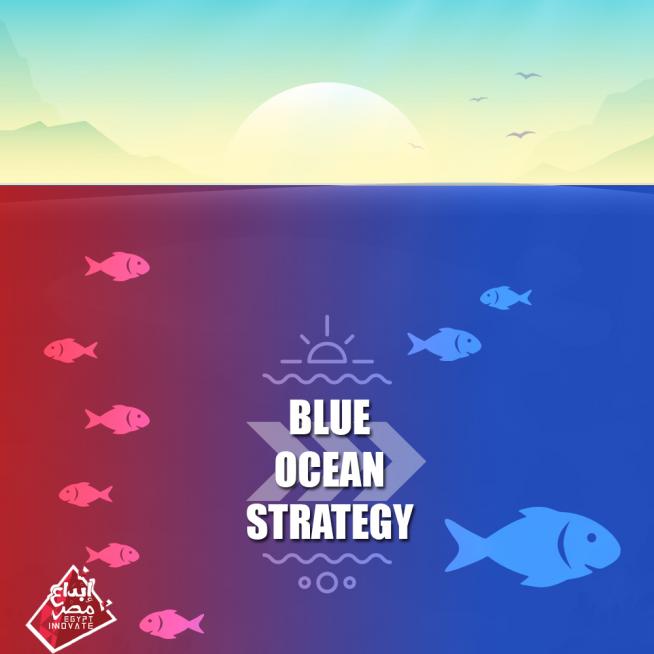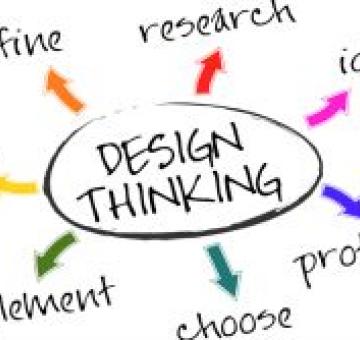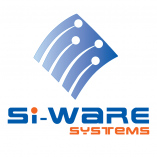ERRC grid - Blue Ocean strategy

What is this tool?
Blue Ocean strategy was developed by two business school professors: W. Chan Kim and Renée Mauborgne. It helps companies fight competition by NOT fighting the competition and creating new markets instead, thereby making the competition irrelevant.
The name comes from a metaphor picturing competitors as sharks circling in a sea, competing and fighting over food – creating a swirling ‘red ocean’.
The strategy includes a variety of analytic tools and frameworks to help you distance yourself from this red ocean of competitors and create a “blue ocean” of undisturbed market space where it is possible to operate without competition.
Among those tools, we will be focusing on the ERRC grid.
When and why is this tool used?
The ERRC grid is a helpful tool for any startup or company is trying to identify new opportunities, new products or services to offer, or a business model to differentiate it from the competition.
It facilitates identifying the following elements a company should work on to make the competition irrelevant:
- Eliminate: Factors that the industry has long competed on but people take for granted and should be eliminated because they no longer add value.
- Reduce: Factors that should be reduced well below the industry standard because they come with a high cost but provide little competitive advantage or profit.
- Raise: Factors that should be raised well above the industry standard and can add value to existing customers.
- Create: Factors that should be created that the industry has never offered and can attract new customers.
How is this tool used?
Use the ERRC grid attached below to answer the following questions and identify the competitive factors.
When you look at the competitive factors, there are really only four actions you can take with them. You can eliminate them completely, you can reduce your investment in them, you can raise your investment in them or you can create totally new factors. These four actions, then are the basis for creating a new strategy canvas.
We used the Malaysian company Air Asia as an example of how an airline could avoid the red ocean (competing with other airlines) and open up new markets making the competition irrelevant.
Step 1 (Eliminate the competitive factors):
- Which competing factors should be eliminated from the industry’s standard?
Example: Eliminate free food/beverage on the plane. They are taken for granted by the customers and removing them might lower the ticket price and attract new customers who couldn’t afford plane tickets before.
Step 2 (Reduce the investment in them):
- Which competing factors should be reduced well below the industry’s standard?
Example: Reduce Luxury facilities provided by airport lounge. Also, make the attendance service on the plane optional.
Step 3 (Raise the investment in them):
- Which competing factors should be raised well above the industry’s standard?
Example: Focus on several key destination cities and increase the frequency of flight. This can attract more customers who travel a lot and need a more convenient flight schedule.
Step 4 (Create totally new factors):
- Which competing factors should be created that the industry has never offered?
Example: Add online booking option and create point to point travel system to add value to existing customers.
Case study
Nintendo changed the gaming industry with its WII interface. It is a small hand held device that is pointed to the TV and detects movement in 3D. The console could also receive messages and updates from the internet through the WiiConnect24 though the feature is now defunct. It moved the focus of competition away from the battle over power and speed in computer games and opened up blue ocean space around engaging a wider audience in interacting in a different way with computer games. Their interface gave them several years of "blue ocean" before Microsoft and Sony produced their versions and now space is again a somewhat red ocean!
Here’s how they applied the ERRC grid
- The ‘Eliminate’ and ‘Reduce’ strategies brought down the platform’s price making it appeal to more customers.
- The ‘Raise’ strategy made the customer buy more peripherals and, therefore, increasing overall system revenues. and the accessories (driving wheel, sword, etc. ) became the ways to unlock a more participative playing experience.
- The ‘Create’ strategy brought the motion-sense controller which made the hardware much more necessary to the Wii platform than any of its competitors.
- Also, ‘Creating’ the Web Downloads and online play is a central feature to the Wii. Besides the news and weather forecast, the Wi-Fi equipped Wii offers, users can download traditional games from the Wii Channel and invite friends to share their customized characters and be in constant contact.
- The combined effect of both ‘Raising’ fitness and sports accessories with the ‘Created’ Social/Family gaming were major revenue generators. More than a year after the Wii launch, Wii Fit came out. Wii Fit is a balancing board (additional hardware) that comes with a full exercise program, equipped for fun (soccer headers, slalom), Fitness (jogging), Balance activities (Yoga), among others. Some games are specially designed to interact with the board, thus also driving game revenue.
Conclusion
- Nintendo managed to achieve success by its identification of an untapped market of potential casual gamers, those who had never considered gaming as an area of interest. Before then, console and game makers had solely focused their efforts on the hard-core gaming consumers.
- The console redesign and the simplification of the entire gaming process allowed the company to bring on board an entirely new segment of casual gamers of all ages who enjoyed the social experience of gaming with their families. This included younger and older players as well as women as new customer groups.
Hints to use this tool:
This strategy is perfect for companies that know how to use their marketing and communication effectively. Lots of -and preferably 'close'- contact with the customers and the market is needed to obtain the best results from this strategy.
Pros and Cons
Pros
This is a superior strategy for small- and medium-sized businesses. These are often more flexible and can move more quickly towards the needs and wants of their customers and market. Because they're relatively small, they normally operate on a local or regional basis and so they stand closer to their customers and can obtain more information from them.
Cons
- It's quite difficult to create a blue ocean without the necessary knowledge and experience of marketing and communication. A marketing budget comes very handy but many small- and medium-sized companies don't have one.
- After a while the first copycats will arise, competing on the very same value points as you. That's completely normal, however, it forces the entrepreneur to find a new strategy every several years.
- For big companies, it's harder to maneuver or change, to get a new strategy working in the complete company as soon as possible. These companies do have the resources and budget, but before the process has even started - smaller competitors might have run off with the idea already.






































































EgyptInnovate site is not responsible for the content of the comments